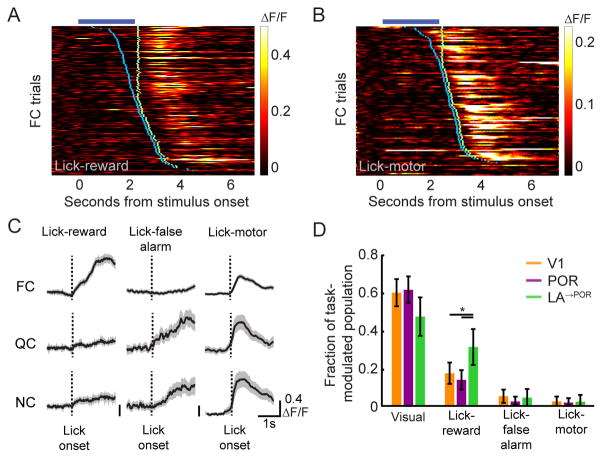Figure 8. LA→POR axons respond to reward in addition to visual cues.
A–B. An example LA→POR axon that responds post-Ensure delivery, but not to presentation of the FC (A), and an example POR neuron that responds post-licking, but not to presentation of the FC (B). Blue tick marks denote the onset of licking on each trial, while green ticks denote Ensure delivery.
C. Using a general linear model (GLM), we classified subsets of non-cue-responsive yet task-modulated cells, as illustrated by three example neurons from POR (left column), LA (middle column), and V1 (right column). ‘Lick-reward’ cells selectively increased their activity at lick onset on those trials where the animal correctly licked to presentation of a FC (but not following licking to the QC or NC). ‘Lick-false alarm’ cells only increased their activity at onset of licking in trials where the animal incorrectly licked to presentation of a QC or NC. ‘Lick-motor’ cells increased their activity to licking, irrespective of trial type. Errorbars: SEM.
D. While some neurons in V1 and in POR demonstrated non-cue-responsive, task-related responses, a greater proportion of LA→POR axons were classified as ‘lick-reward.’ Errorbars: 95% confidence intervals. We also observed a small incidence of ‘multiplexed’ cells responsive to both visual and licking events (Figure S6D). * p<0.05, Tukey’s HSD. FC: food cue; QC: quinine cue; NC: neutral cue. See also Figures S7–8.

